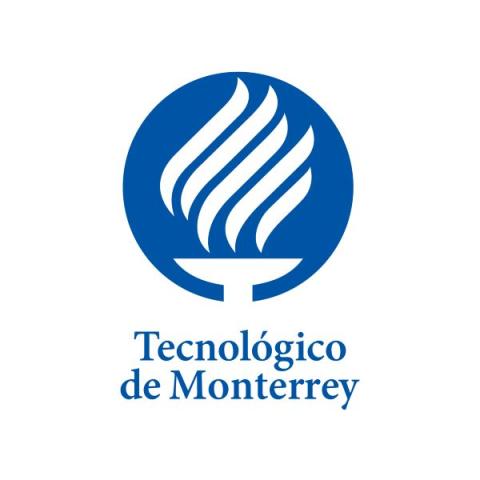
Things to consider when designing a self-directed course model
Everyone in the teaching world knows there are different types of students: those who require considerable amounts of control and precise follow-ups from teachers; and more independent students who need freedom to advance their knowledge without feeling too limited or tied to a school structure.
For the most part, these independent students have experiences that have required them to be part of their learning and they understand that success lies in the way they self-manage. In our experience, such students are increasing in number, meaning that designing and/or implementing self-directed models is becoming ever more crucial.
We recently designed a self-directed course model in the department of digital education at my institution to meet the needs of this type of student and to strengthen self-management competency across the board.
- Fostering student collaboration rather than competition using peer review
- Shaping a curriculum framework: the fundamental principles
- Emotions and learning: what role do emotions play in how and why students learn?
We designed nine general training courses in this modality, which were then taught in intensive and semester periods. They received a grade of 9.14 out of 10 in the student satisfaction survey, confirming the model’s effectiveness.
We recommend that universities implement this model for students with a high level of self-management. If you are in the early stages of doing so, here are some tips on what to consider. To start, a self-directed model should:
- Give students control of the learning pace of the course, with all activities and academic contents integrated into an educational platform (such as Canvas) that affords them the flexibility to study asynchronously in the place and time that the students decide, provided that they complete everything by a specific closing date.
- Evaluate the course’s training activities – those that evidence that students have acquired competencies should be reviewed based on interviews/reviews scheduled with an expert teacher in the subject. This teacher ensures that the student has complied with and demonstrated the course’s specified competencies before assigning a passing grade to the student.
- Support the development of self-management by offering a suggested calendar or schedule.
The learner’s experience in a self-directed course should consider the following elements:
- Start with a self-diagnosis of previous knowledge.
- Have access to the contents, resources and activities at any time and place and as many times as necessary.
- Allow for exchanging points of view with remote colleagues.
- Assessments to measure progress of knowledge at the end of subject modules.
- Access to a single digital environment designed to meet learning requirements.
- Advice from the teacher when required.
- Access to a virtual assistant at any time.
- Develop evidence to demonstrate acquired knowledge.
- Personalised feedback from the teacher after reviewing evidence.
The advantages of such a model for the students are numerous and include:
- Learning to manage their time efficiently and responsibly.
- Benefiting from a model that is flexible, automated and asynchronous.
- The inclusion of microlearning content.
- The opportunity to review contents and academic resources and carry out activities until they master the content (as long as the course is completed before the deadline established at the beginning of the period).
- Developing disciplinary and digital skills.
Meanwhile, some advantages of the model for the institution are:
- Courses can be given in different academic periods, such as intensive periods and semester periods.
- Because content is asynchronous, it can be a good option for those studying remotely or overseas.
We can conclude that much of the success of this model lies in the profile of the student, who requires a high degree of self-management, and also in the profile of the teacher, who must be comfortable vacating the role of “lecturer” of academic content and becomes, instead, a manager who monitors students’ learning progress. In our experience thus far, when these two elements marry up, the self-directed model is an effective and popular means of learning.
Blanca Benavente and Estela Murrieta are both directors of digital experience for professionals at Tecnológico de Monterrey, Mexico.




